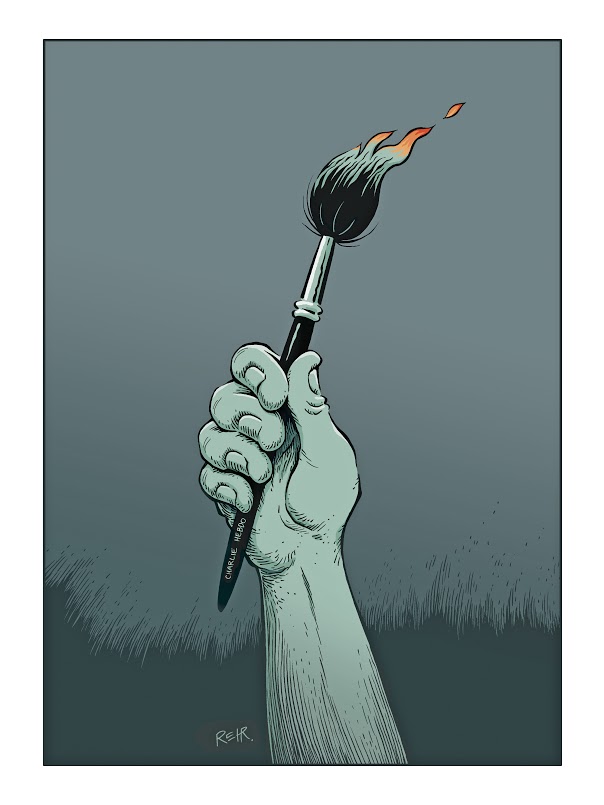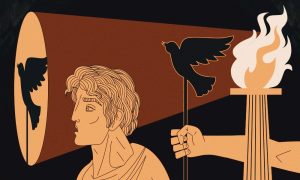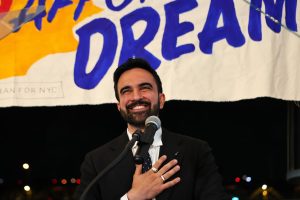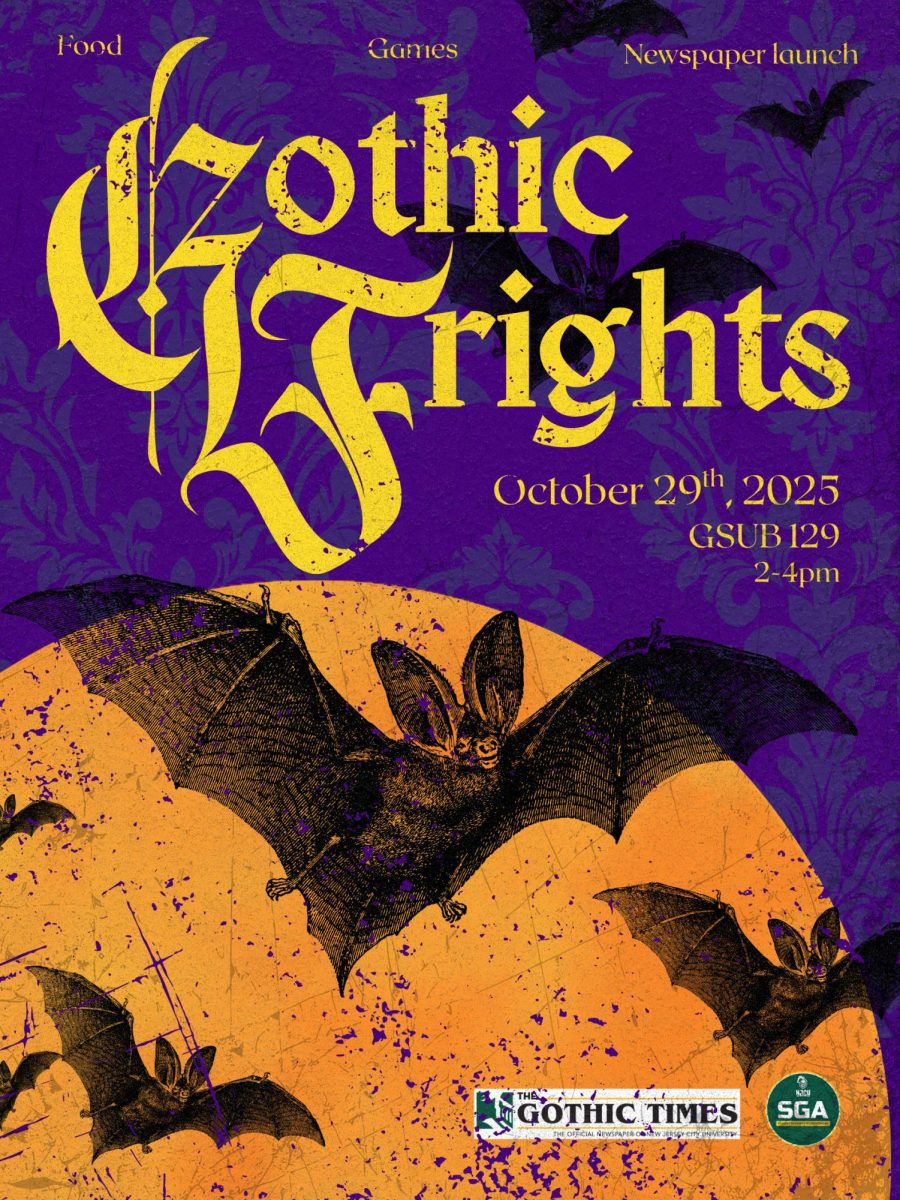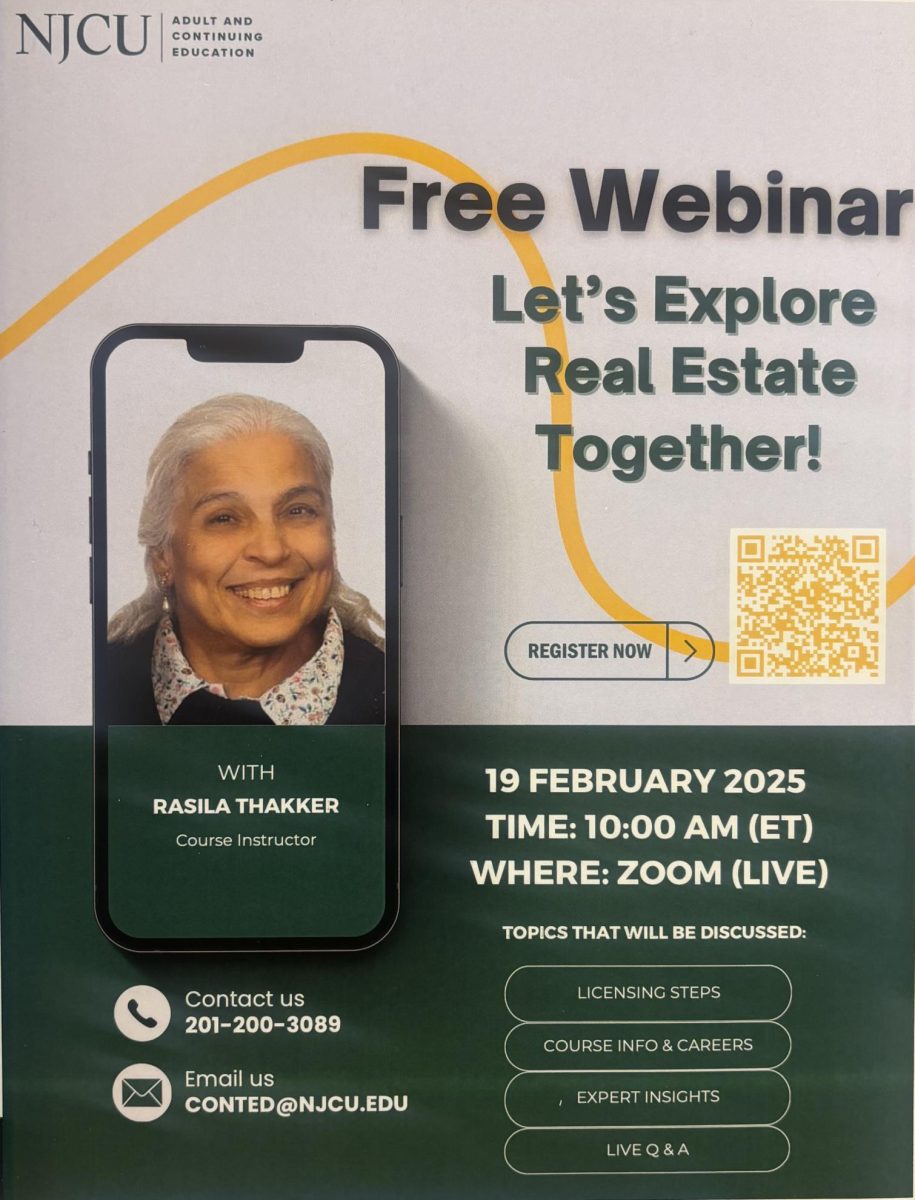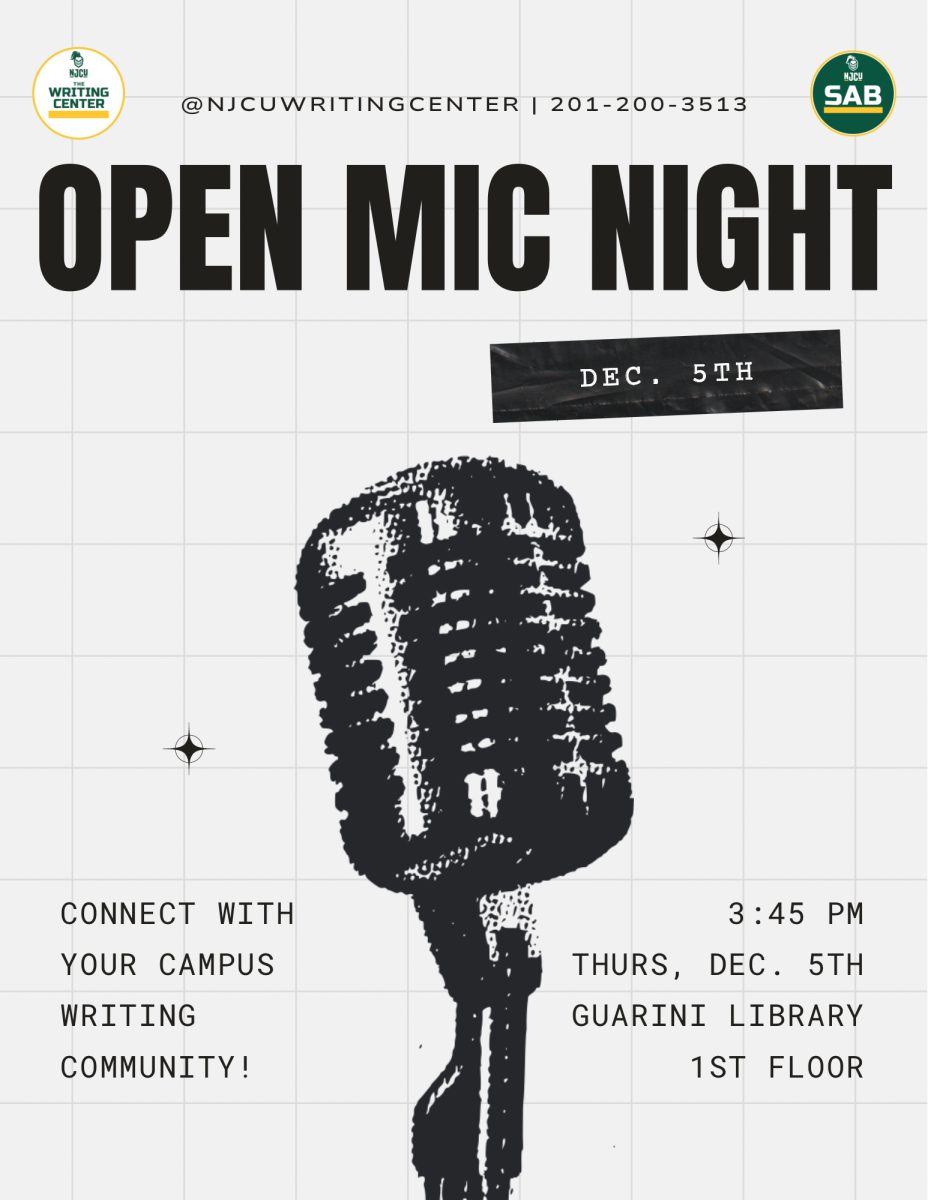NJCU Talks ‘Charlie Hebdo’
February 24, 2015
It’s been more than a month since two masked men opened fire and killed 12 people at the offices of Charlie Hebdo – a French satirical weekly newspaper featuring cartoons and reports.
In the immediate aftermath of the shooting, people in countries spanning the globe broke out in chants of both “Je Suis Charlie” (I am Charlie) and “Je Ne Suis Pas Charlie” (I am not Charlie).
In the past, the editorial director of Charlie Hebdo described the publication as secular, atheist, far-left wing and anti-racist. That editor, Stephane Charbonnier, was among the victims of the massacre.
BBC News reported witnesses claiming they heard the gunmen shouting “We have avenged the Prophet Muhammad” in Arabic.
“The killing that these people do make us real Muslims look bad,” said 22 year-old math major, Mohamed Khalil.
When asked if he’s received backlash on campus since the shooting, he said “No.” Khalil doesn’t agree with what happened, but says he “finds the cartoons offensive and people should respect our religion and not make cartoons.”
NJCU’s Muslim Student Association (MSA) vice president agreed.
“Anything that disrespects any religion, race, culture, etc. should not be produced. The issue isn’t legality, since it’s technically protected under the Freedom of Speech. The issue is morality. As Muslims, we value our Prophet, so of course the cartoons were offensive,” said MSA VP, Mariem Abedullah.
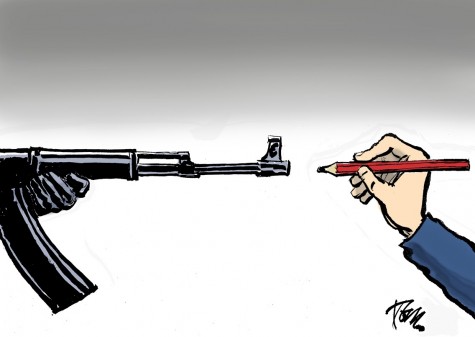 Illustration credit: Tom Janssen
Illustration credit: Tom Janssen
The initial attack on Charlie Hebdo, considered the worst terrorist attack in France in decades, triggered three days of terror resulting in 20 deaths. Ultimately Al-Qaidas branch in Yemen took credit for the shooting, claiming it was carried out to avenge the honor of the Prophet Muhammad (a regular subject of the weekly’s satire).
The terror-spree ended on Jan. 9 with the deaths of the two gunmen.
“I have two sisters that live in France,” said Fatma Benchouk, a Muslim student, who studies criminal justice and teaches as an adjunct professor at Hudson County Community College.
Benchouk’s younger sister said she was puzzled at how the shooters could bypass security and carry out the attack, while her older sister has criticized the French media’s portrayal of the shooting for lacking clarity.
“It’s very positive on campus, I love the people here, it’s diverse and I never had a problem (with facing discrimination), everyone’s open-minded,” Benchouk added.
“In 2009, I decided to cover my head because my father passed away; it was a big change – before people could not identify me as Muslim. With my scarf, I started to face issues at my job as a literature teacher in Hoboken, and as far as my American friends, the way they looked at me had changed.”
Abedullah, Muslim Student Association VP, calls the shooting in France a “heart-wrenching event” that “was handled inappropriately and inhuman and should be condemned.”
“What people fail to understand is that a few radicals do not represent 1.7 billion people. Muslims around the world experienced a backlash of hatred and violence because of it as they did from prior events,” she said. “Responding to insults and ridicules to yourself and your religion is not easy; but the best way to prove that you’re not the same as those people is by implementing what our religion and our Prophet Muhammad (peace be upon him) taught us, to treat people with respect.”
Following the shooting, many newspapers were swift to publish their own cartoons and editorials in an effort to lend support to the victims of the shooting and the right to freedom of speech.
However, not all publications followed suit.
Bob Schapiro, president of the New Jersey Chapter of the Society of Professional Journalists said, “Speaking for myself, I am concerned that only certain newspapers published cartoons immediately after the incident, while others devoted columns to merely describing them. Although most newspapers eventually published the cartoons, many of the early publications were out on a limb. It was not ‘Je Suis Charlie’ for a few days.”
On Feb. 12, the New Jersey Society of Professional Journalists and the New Jersey Historical Society held a program entitled “Courage Under Fire” in Newark.
Charlie Hebdo’s cover following the shooting shows a cartoon of the Prophet Muhammad crying while holding a sign reading “I am Charlie”, and below the headline “All is forgiven”.
On average, Charlie Hebdo prints 60,000 copies of its publication.
The issue following the attack has sold out seven million copies in six languages.



